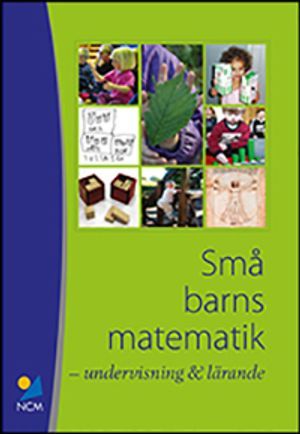

Introduction to Time Series Analysis and Forecasting, Solutions Manual Upplaga 1
- Upplaga: 1a upplagan
- Utgiven: 2009
- ISBN: 9780470435748
- Sidor: 88 st
- Förlag: John Wiley & Sons
- Format: Häftad
- Språk: Engelska
Om boken
An accessible introduction to the most current thinking in and practicality of forecasting techniques in the context of time-oriented data Analyzing time-oriented data and forecasting are among the most important problems that analysts face across many fields, ranging from finance and economics to production operations and the natural sciences. As a result, there is a widespread need for large groups of people in a variety of fields to understand the basic concepts of time series analysis and forecasting. Introduction to Time Series Analysis and Forecasting presents the time series analysis branch of applied statistics as the underlying methodology for developing practical forecasts, and it also bridges the gap between theory and practice by equipping readers with the tools needed to analyze time-oriented data and construct useful, short- to medium-term, statistically based forecasts.
Seven easy-to-follow chapters provide intuitive explanations and in-depth coverage of key forecasting topics, including:
Regression-based methods, heuristic smoothing methods, and general time series models
Basic statistical tools used in analyzing time series data
Metrics for evaluating forecast errors and methods for evaluating and tracking forecasting performanceover time
Cross-section and time series regression data, least squares and maximum likelihood model fitting, model adequacy checking, prediction intervals, and weighted and generalized least squares
Exponential smoothing techniques for time series with polynomial components and seasonal data
Forecasting and prediction interval construction with a discussion on transfer function models as well as intervention modeling and analysis
Multivariate time series problems, ARCH and GARCH models, and combinations of forecasts
The ARIMA model approach with a discussion on how to identify and fit these models for non-seasonal and seasonal time series
The intricate role of computer software in successful time series analysis is acknowledged with the use of Minitab, JMP, and SAS software applications, which illustrate how the methods are imple-mented in practice. An extensive FTP site is available for readers to obtain data sets, Microsoft Office PowerPoint slides, and selected answers to problems in the book. Requiring only a basic working knowledge of statistics and complete with exercises at the end of each chapter as well as examples from a wide array of fields, Introduction to Time Series Analysis and Forecasting is an ideal text for forecasting and time series coursesat the advanced undergraduate and beginning graduate levels. The book also serves as an indispensablereference for practitioners in business, economics, engineering, statistics, mathematics, and the social, environmental, and life sciences.
Åtkomstkoder och digitalt tilläggsmaterial garanteras inte med begagnade böcker
Mer om Introduction to Time Series Analysis and Forecasting, Solutions Manual (2009)
I mars 2009 släpptes boken Introduction to Time Series Analysis and Forecasting, Solutions Manual skriven av Douglas C. Montgomery, Cheryl L. Jennings, Murat Kulahci. Det är den 1a upplagan av kursboken. Den är skriven på engelska och består av 88 sidor. Förlaget bakom boken är John Wiley & Sons som har sitt säte i Hoboken.
Köp boken Introduction to Time Series Analysis and Forecasting, Solutions Manual på Studentapan och spara pengar.
Referera till Introduction to Time Series Analysis and Forecasting, Solutions Manual (Upplaga 1)
Harvard
Montgomery, D. C., Jennings, C. L. & Kulahci, M. (2009). Introduction to Time Series Analysis and Forecasting, Solutions Manual. 1:a uppl. John Wiley & Sons.
Oxford
Montgomery, Douglas C., Jennings, Cheryl L. & Kulahci, Murat, Introduction to Time Series Analysis and Forecasting, Solutions Manual, 1 uppl. (John Wiley & Sons, 2009).
APA
Montgomery, D. C., Jennings, C. L., & Kulahci, M. (2009). Introduction to Time Series Analysis and Forecasting, Solutions Manual (1:a uppl.). John Wiley & Sons.
Vancouver
Montgomery DC, Jennings CL, Kulahci M. Introduction to Time Series Analysis and Forecasting, Solutions Manual. 1:a uppl. John Wiley & Sons; 2009.



















